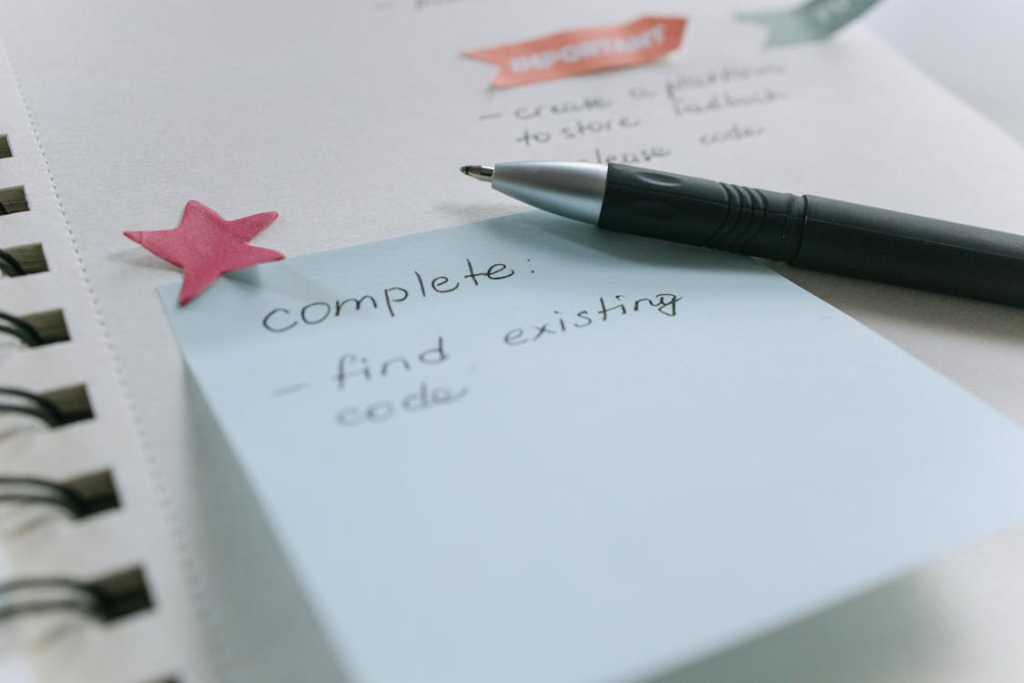You Can Build Flow Without Burnout
July 31, 2025
In today’s fast-paced world, achieving a state of flow—where you are fully immersed in a task and performing at your best—can seem like the ultimate productivity goal. However, the challenge lies in building and maintaining this flow without falling into the trap of burnout.
Burnout is a real and growing concern in modern workplaces, especially as people strive for excellence and juggle multiple responsibilities. But the good news is, you can cultivate flow without sacrificing your mental and physical well-being. In this article, we’ll explore how to build and sustain flow while avoiding the exhaustion and stress that often come with overworking.

What is Flow and Why is It Important?
Flow is a term coined by psychologist Mihaly Csikszentmihalyi to describe a state of complete immersion and focused engagement in an activity. When you’re in flow, you are fully absorbed, your productivity peaks, and the task at hand feels almost effortless.
This state of being doesn’t just improve performance—it also boosts happiness, creativity, and overall well-being. The positive emotions associated with flow are linked to increased satisfaction and fulfillment, making it a highly desirable state for both personal and professional activities.
However, achieving flow is a delicate balance. While it can lead to immense productivity, it can also lead to stress and burnout if not managed properly.
The Connection Between Flow and Burnout
It’s crucial to understand that flow is not synonymous with burnout, although they may appear similar on the surface. Flow enhances your capacity to perform at your best by aligning your skill level with the challenge at hand, often leading to improved efficiency and creativity.
On the other hand, burnout occurs when you push yourself too hard without adequate rest or recovery, leading to exhaustion, detachment, and reduced performance. It can result from prolonged periods of high demand, poor work-life balance, and lack of support.
The key to building flow without burnout is learning to recognize when you’re entering a state of flow and when you are overexerting yourself. Striking the right balance will allow you to harness the benefits of flow without depleting your mental and physical reserves.
Strategies for Building Flow Without Burnout
1. Set Clear and Achievable Goals
The first step in building flow is clarity. When you are clear about what needs to be done, you can focus your energy and attention on the task at hand. Break larger projects into smaller, more manageable goals to make them less overwhelming. This approach ensures that the challenges you face are aligned with your skill level, a critical aspect of entering flow.
2. Embrace the “Just Right” Challenge
Flow thrives on balance. If a task is too easy, you won’t be engaged enough to enter flow. Conversely, if it’s too difficult, you may become frustrated or anxious. The optimal level of challenge pushes your limits while still being achievable. To build flow without burnout, choose tasks that offer the right balance of challenge, neither too easy nor too difficult, but one that stretches your abilities just enough.
3. Focus on One Thing at a Time
Multitasking might seem efficient, but it often reduces your ability to achieve flow. Focusing on one task at a time allows you to fully immerse yourself in the experience, leading to greater satisfaction and productivity. When you concentrate your attention on a single task, you’re more likely to experience that seamless connection between action and awareness, which is the essence of flow.
4. Take Regular Breaks
While flow encourages continuous focus, it’s essential to take breaks to prevent burnout. Research shows that taking regular short breaks throughout the day boosts productivity, creativity, and mental well-being. These breaks help restore energy and prevent mental fatigue, allowing you to return to your tasks with renewed focus and clarity.
5. Create an Environment that Fosters Focus
Your physical and mental environment plays a significant role in your ability to enter flow. Minimize distractions, create a comfortable workspace, and ensure that you have everything you need to stay focused. This includes turning off notifications, organizing your workspace, and setting boundaries to protect your time.
6. Practice Mindfulness
Mindfulness practices, such as meditation and deep breathing, can help you cultivate a greater sense of awareness and presence. Being mindful of your emotions, physical state, and thoughts throughout the day helps you better understand when you are approaching flow and when you need a break. Mindfulness also reduces stress and helps maintain a positive mindset, which is essential for sustaining flow without burnout.
7. Listen to Your Body and Mind
Your body and mind will often signal when you’re approaching burnout. Pay attention to these signs, such as fatigue, irritability, or lack of motivation. If you feel overwhelmed, take a step back. Engage in a restorative activity, whether it’s a short walk, a hobby, or simply resting. Self-care is crucial to avoid overworking and burnout.
The Benefits of Building Flow Without Burnout
1. Sustained Productivity
When you experience flow, you work with increased efficiency and creativity. By building flow in a sustainable way, you maintain consistent productivity without the risk of hitting a wall or burning out.
2. Enhanced Well-Being
Achieving flow leads to positive emotions, higher satisfaction, and a sense of accomplishment. By managing your flow and energy levels properly, you can enjoy both the satisfaction of doing meaningful work and the physical well-being that comes with proper self-care.
3. Better Work-Life Balance
Flow enables you to work smarter, not harder. By staying focused on high-value tasks and taking regular breaks, you can achieve a better work-life balance. This ensures you have the energy and time to enjoy your personal life, reducing the risk of stress and burnout.
Conclusion: Sustainable Success Through Flow
Building flow without burnout is a delicate balance that requires conscious effort and self-awareness. By setting clear goals, embracing the right level of challenge, focusing on one task at a time, and regularly resting, you can create a productive environment that supports both mental well-being and success.
By incorporating these strategies into your daily routine, you can harness the power of flow to achieve your personal and professional goals while maintaining a healthy, balanced life. The key is not to push too hard or too fast but to understand your limits and listen to your body and mind, allowing you to perform at your best sustainably.
References:
- Csikszentmihalyi, M. (1990). Flow: The Psychology of Optimal Experience. Harper & Row.
- Maslach, C., & Leiter, M. P. (2016). Burnout in Health Care: The Cost of Caring. In Handbook of Stress and Health. Wiley.
- Goleman, D. (2013). Focus: The Hidden Driver of Excellence. HarperCollins.





